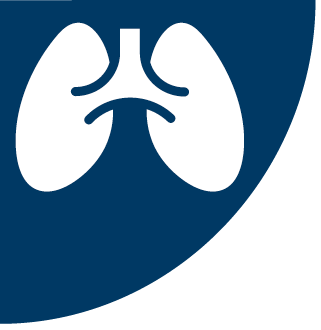NEWSWATCH
SILICA
OSHA Announces Long-awaited Final Rule on Silica
On March 24, OSHA announced its final rule on occupational exposure to respirable crystalline silica, which has been in development for more than 15 years. The final rule sets a new permissible exposure limit (PEL) for respirable crystalline silica of 50 micrograms per cubic meter of air calculated as an eight-hour time-weighted average (TWA). During a call with reporters to introduce the rule, Secretary of Labor Thomas E. Perez stated that the new PEL is “precisely what NIOSH recommended” more than 40 years ago in its
1974 criteria for a recommended standard
on occupational exposure to crystalline silica.
In April, separate coalitions of labor and industry groups filed legal challenges to the rule.
The rule comprises two standards, one for construction and one for general industry and maritime. Under the new rule, employers will be required to use engineering controls to limit worker exposure to the PEL; provide respirators when engineering controls cannot adequately limit exposure; and limit worker access to high exposure areas. The rule will also require employers to develop a written exposure control plan, offer medical exams to highly exposed workers, and train workers on silica risks and how to limit exposures.
The new standards will also require employers to ensure that laboratories analyzing air samples for respirable crystalline silica are accredited to ISO/IEC Standard 17025:2005, General requirements for the competence of testing and calibration laboratories
, with respect to crystalline silica analyses by a body that is compliant with ISO/IEC Standard 17011:2004, Conformity assessment – General requirements for accreditation bodies
accrediting conformity assessment bodies, for implementation of quality assessment programs. OSHA’s final rule states that approximately 40 laboratories accredited by AIHA Laboratory Accreditation Programs (AIHA-LAP) for the analysis of crystalline silica are already capable of analyzing samples in accordance with the rule’s requirements. OSHA’s final rule states that approximately 40 laboratories are already capable of analyzing samples in accordance with the rule’s requirements.
“We are pleased that OSHA acknowledged accredited laboratories as the best laboratories to analyze these silica samples, particularly those that are using accredited proficiency testing providers like AIHA PAT Programs,” said Cheryl O. Morton, managing director of AIHA-LAP. “All AIHA-LAP accredited laboratories are assessed to ISO/IEC 17025, and AIHA-LAP itself is an internationally-recognized accrediting body that complies with ISO/IEC 17011.”
The final standards include several changes from the proposed standards based on OSHA’s analysis of written comments and testimony on the proposed rule. The agency originally proposed that the standard for general industry and maritime should apply to exposures resulting from the processing of sorptive clays, which are used in consumer products and industrial applications. According to OSHA administrator David Michaels, the specific mention of sorptive clays was dropped following OSHA’s review of the geology and chemistry of the clays, which did not indicate the same characteristics as some of the other exposures covered by the rule.
Other changes to the scope of the standards include a revision to exclude tasks that involve low exposures; the standards do not apply where, under any foreseeable conditions, worker exposures to respirable crystalline silica will remain below 25 µg/m3 as an 8-hour TWA. In addition, the standard for general industry and maritime allows employers to comply with the specified exposure control methods in the construction standard instead of complying with the PEL in certain circumstances.
OSHA’s final standards also differ from the proposed standards in housekeeping requirements. Where OSHA’s proposal would have prohibited use of compressed air, dry sweeping, and dry brushing to clean clothing or surfaces contaminated with crystalline silica, the final standards allow it if other cleaning methods are not feasible.
For more information, see “
By the Numbers
” in this issue.thesynergist | TOC | NEWSWATCH | DEPARTMENTS | COMMUNITY


